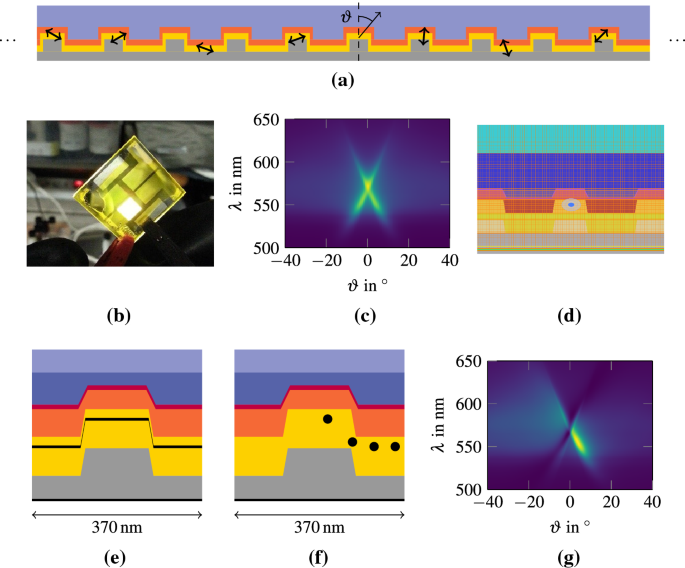

Biologists have long studied nano- and micro-scale organismal adaptations to manipulate light using ever-more sophisticated microscopy, spectroscopy, and other analytical equipment. Light influences most ecosystems on earth, from sun-dappled forests to bioluminescent creatures in the ocean deep.
 įDTD is often used in conjunction with experimental techniques to probe how organisms’ structures produce a variety of optical effects, and the workflow is accessible to researchers from many different backgrounds. įDTD is a good choice of method for researchers who wish to simulate a naturalistic broadband light source, study complicated structures that cannot easily be analyzed through analytical optical theory alone, conduct parameter sweeps over structures of interest, and test potential bio-inspired applications. The finite-difference time-domain (FDTD) method is a powerful numerical modeling technique to study how light interacts with materials, allowing researchers to obtain reflection, transmission, diffraction, absorption, and more. Optical simulations can help explore the frontier of micro- and nano-scale biodiversity, gain insights into colorful signals and sexual selection, identify evolutionary innovations across environments, and guide the design of new technologies inspired by natural structures. Living creatures use micro- and nano-scale structures to manipulate light (e.g., for antireflection, maximal reflection, iridescent coloration, and efficient photosynthesis).
įDTD is often used in conjunction with experimental techniques to probe how organisms’ structures produce a variety of optical effects, and the workflow is accessible to researchers from many different backgrounds. įDTD is a good choice of method for researchers who wish to simulate a naturalistic broadband light source, study complicated structures that cannot easily be analyzed through analytical optical theory alone, conduct parameter sweeps over structures of interest, and test potential bio-inspired applications. The finite-difference time-domain (FDTD) method is a powerful numerical modeling technique to study how light interacts with materials, allowing researchers to obtain reflection, transmission, diffraction, absorption, and more. Optical simulations can help explore the frontier of micro- and nano-scale biodiversity, gain insights into colorful signals and sexual selection, identify evolutionary innovations across environments, and guide the design of new technologies inspired by natural structures. Living creatures use micro- and nano-scale structures to manipulate light (e.g., for antireflection, maximal reflection, iridescent coloration, and efficient photosynthesis).






 0 kommentar(er)
0 kommentar(er)
